How HUMAN Life Begins. Amazing FACTS!!!!!
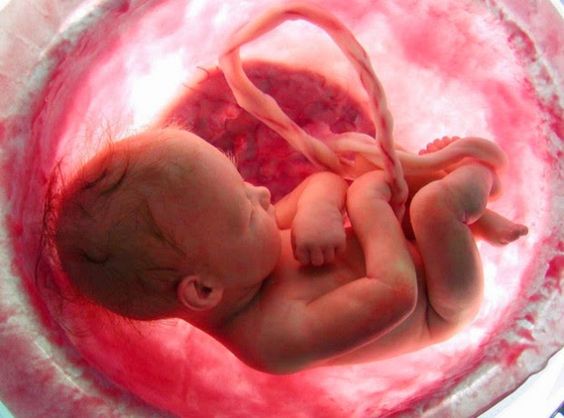
Its really fascinating that how such a complex Human evolve from just two simple cells, Sperm and Ovum. Life begins at the time of fertilization, which is the union of single sperm and single ovum and an embryo is formed. About 50-300 million sperms are deposited in the vaginal canal and every single sperm races with each other to get to the ovum and of the hundreds of millions of sperm cells that begin the journey up the Fallopian tube, only a few hardy travelers will ever reach their destination. They literally swim across all the way up vaginal to the ovum which is in the Fallopian tube and covers a distance which is around 1000 times of their own length in less than an hour.
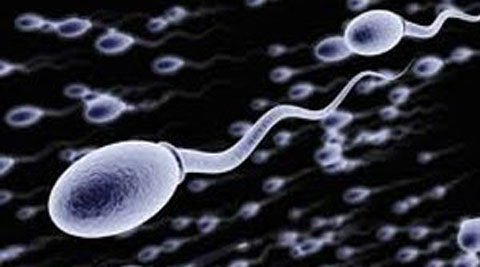
Of the hundreds of millions of sperm cells that begin the journey up the Fallopian tube, only a few hardy travelers will ever reach their destination.
Researchers from the University of Cambridge and Massachusetts Institute of Technology (MIT) have identified the physical mechanisms which may allow sperm to navigate inside the human body and stay on course through a variety of environments. Not only do the cells have to swim in the right direction over distances that are around 1,000 times their own length, but they are exposed to different chemicals and currents along the way.
And here is the amazing part that sperm cells can ‘smell’ chemicals given off by the egg once they get very close to it, this does not explain how they navigate for the majority of their journey, said Dr Jorn Dunkel of MIT, who conducted the research while a postdoctoral researcher at the University of Cambridge.
“We wanted to know which physical mechanisms could be responsible for navigation,” said Dunkel.
“If you think of salmon for example, they can swim against the stream, and the question was whether something similar could really be confirmed for human sperm cells,” said Dunkel.
“There have been qualitative reports for over 100 years that sperm cells can swim upstream, but it is only recently that the role of surfaces bounding the flow has been established,” said Goldstein.
Sperms swim by their tails just like fishes, When they reaches to the Egg only one sperm is allowed to unite with the Egg. A zygote is formed by their union and a New life begins.
Journey goes on and Zygote grows into Embryo and moves down from Fallopian tube into the uterus and gets implanted in the uterus on the 7th day. Uterus is already been prepared for the Embryo and provides a hostile environment for its growth. In a very short time placenta is formed and Embryo starts to take nutrients from the MOTHER's body.
The development of organs begins at 3rd week of gestation and all the organs are formed till 8th week. All the organs are formed in just 4-5 weeks and in remaining Eighth months (32 weeks) they grow in size and become strong enough to support the body on their own.
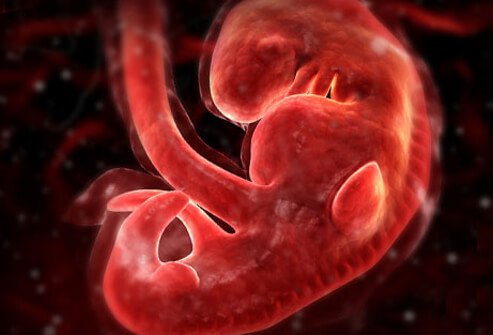
Baby at 1 month of age.
Heart is the first functional organ to develop and starts to beat and pump blood at around 21 or 22 days. After 4 weeks, the basic structures of the fetus have begun to develop into separate areas that will form the head, chest, abdomen, and the organs that are contained within them. Small buds on the surface will become arms and legs. A home pregnancy test should be positive at this stage of development (most tests claim positive results one week after a missed period).
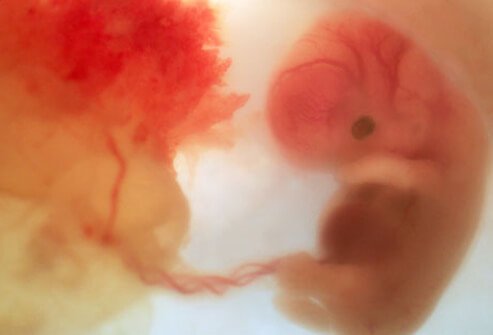
Baby of 2 Month of Age.
At 8 weeks, the fetus is about one-half an inch long (1.1cm). Facial features such as developing ears, eyelids, and nose tip are present. The limb buds are now clearly arms and legs, while the fingers and toes are still developing.
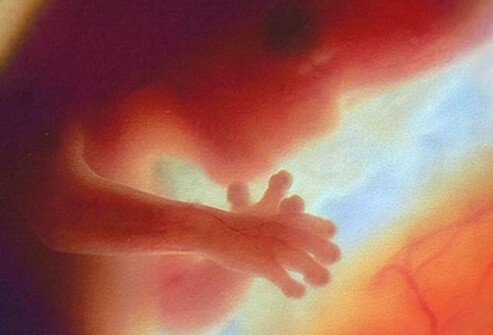
Baby of 3 months age.
At 12 weeks, the fetus has grown to about 2 inches (4.4cm) in length and may begin to move by itself. The fingers and toes are discernible and the fetal heartbeat may be audible by Doppler ultrasound. The developing sex organs may be identified by ultrasound techniques.
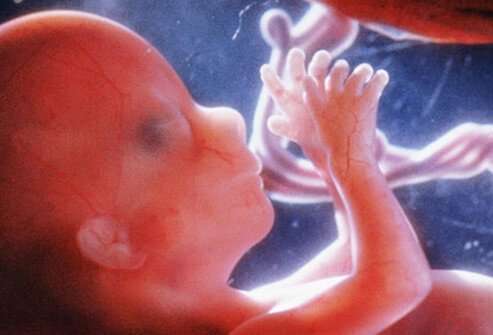
Baby 4 months age.
At 16 weeks, the fetus is about 4 and one-half inches long and resembles an infant; the eyes blink, the heartbeat is easier to locate, facial features (nose, mouth, chin and ears) are distinct, and the fingers and toes are clearly developed; the skin on the fingers and toes even have distinct patterns (fingerprints!). Women should be able to feel the uterus at about 3 inches (6.6 cm) below the belly button; this is the beginning of the "baby bump" (abdominal swelling due to an expanding uterus) in some women.
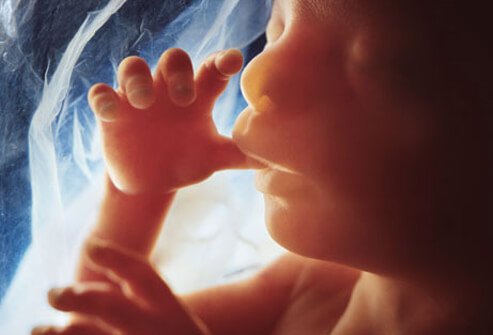
Baby of 5 months of age
At twenty weeks, the developing baby is about 6 inches long (13.2 cm) and may weigh about 10 ounces. The baby may begin to make movements that the mother can feel at about 19 to 21 weeks; this baby movement is termed "quickening". The baby at this stage of development can move its facial muscles, yawn, and suck its thumb. The expanding uterus at 20 weeks is felt at the level of the belly button.
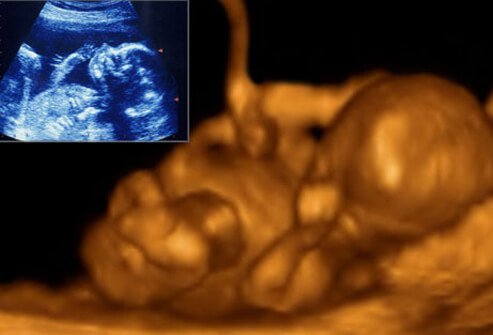
Now it's time for an Ultrasound.
In the US, women that have prenatal care usually have an ultrasound done at 20 weeks to determine that the placenta is attached normally and that the baby is developing without any problems. The baby's movements can be seen with Doppler imaging, and usually the sex of the baby can be determined at this time, so if you want to be surprised about the sex of your baby at delivery, let your doctor know before the Doppler ultrasound is started!
Shown here is a 2D ultrasound (inset) contrasted with a 4D ultrasound, both at 20 weeks.
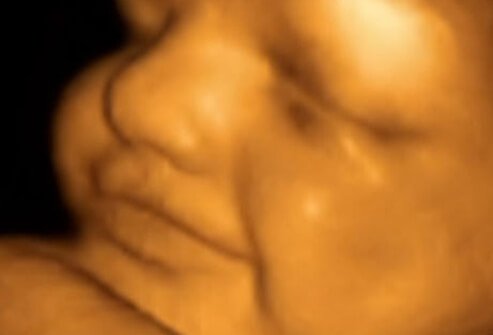
Baby at 6th Month of age.
At 24 weeks, the baby may weigh 1.4 pounds and can respond to sounds. Doppler studies show the sound response by measuring movement and heartbeat rates. Sometimes the baby will develop hiccups that the mother can feel! The baby's inner ear canals are developed at 24 weeks, so researchers speculate the baby can sense its position in the uterus.
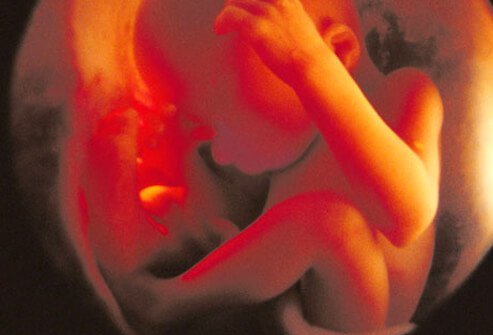
Baby at 7th Month of age.
At 28 weeks, the baby normally weighs about 2 and one-half pounds and has developed to the point that if the baby is birthed prematurely for any reason, the chances are good that the infant will survive, but usually would require a hospital stay. Your doctor may discuss signs of premature labor and suggest you (and your partner) take classes on what to do at the time of delivery of your full-term baby.
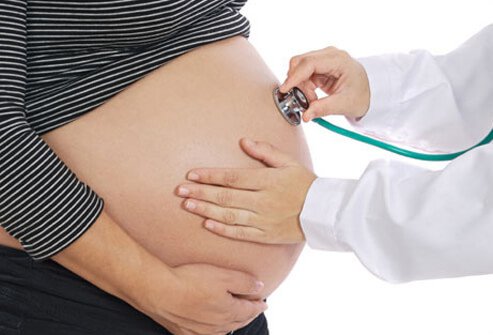
At 32 weeks, many babies weigh about 4 pounds, and have movements that the mother can feel. Your doctor may ask you to make notes about the baby's movements and discuss breastfeeding and other options along with scheduling visits every two weeks until you deliver the baby. Some women begin to leak a yellowish fluid from their breasts around this time; this is normal and the fluid is termed colostrum and indicates the breasts are primed to start producing milk for the newborn baby.
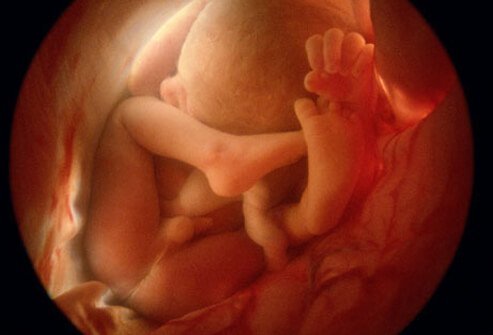
Baby at 8th month of age.
At 36 weeks the baby is about ready to be delivered and has reached an average length of 18.5 inches from head to heel length and weighs about 6 pounds. However, baby weight and length are quite variable and are influenced by the baby's parental genetics, the baby's sex, and many other factors. During this time, the baby has begun to rotate itself into the delivery position of head first into the pelvis. At 37 weeks, the baby has completed development of all organ systems to a level that should allow it to survive and continue its growth outside the uterus without any close hospital monitoring that is usually done with premature babies; consequently, the pregnancy is considered "at term" at 37 weeks and beyond.
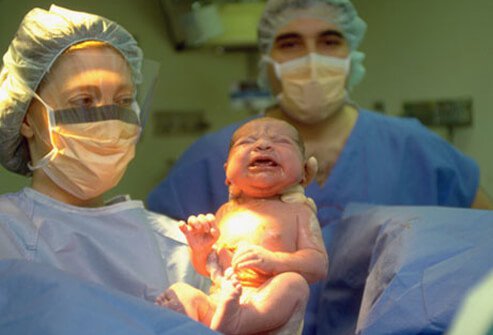
BIRTH
Delivery, due or birth date is calculated by estimating a 40 weeks delivery date, calculated after the first day of the mother's last period. This is an estimated date; the normal vaginal delivery birth can occur easily between 38 and about 42 weeks and is considered an early or late term pregnancy. However, most babies are delivered before 42 weeks. Depending on various circumstances and complications, the doctor may need to induce labor and delivery in some women, while others may require a surgical delivery (Caesarean section or C-section). For most people, especially first-time parents, birth of an infant is a life-changing event!
CONCLUSION:
From the first day of our life the Nature provides us protection, food and shelter in the form of mother's womb. The millions of changes through which our body goes are regulated on strict time table. Each and every step of our development is on its a miracle. Life is very sacred so respect it. Help everyone and love everyone especially your parents and most specially your mother because she is the one who looked after you when no one else could.
Keep me in your prayers. Thanks
Hi! I am a robot. I just upvoted you! I found similar content that readers might be interested in:
https://www.onhealth.com/content/1/fetal_development_stages
waiting for more from you usmanutmanzai! keep motivating!
thank you
Congratulations @usmanutmanzai! You have completed some achievement on Steemit and have been rewarded with new badge(s) :
Click on any badge to view your own Board of Honor on SteemitBoard.
For more information about SteemitBoard, click here
If you no longer want to receive notifications, reply to this comment with the word
STOPthats a great post...
i like your post..
thanks for sharing..
thankssss